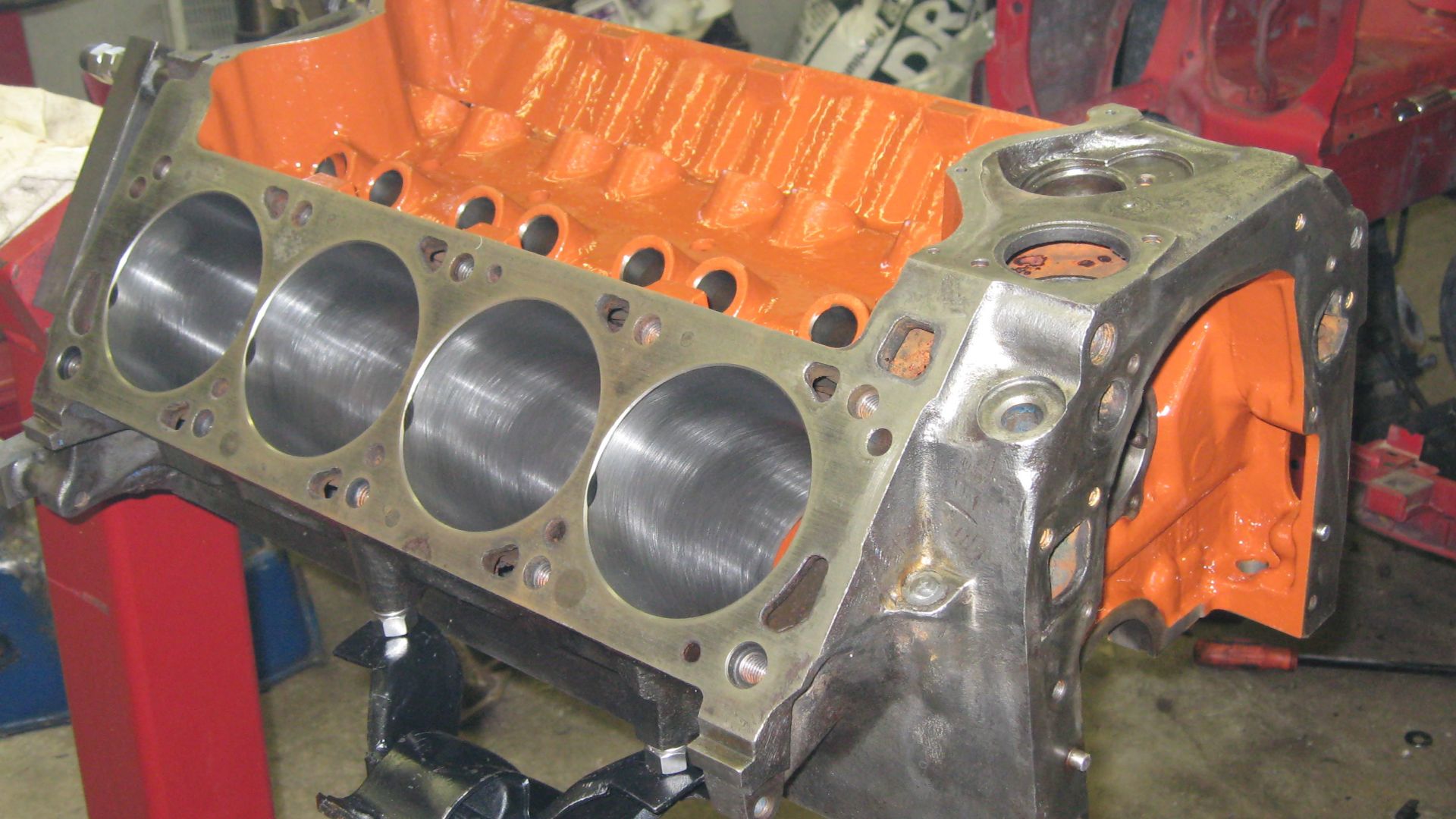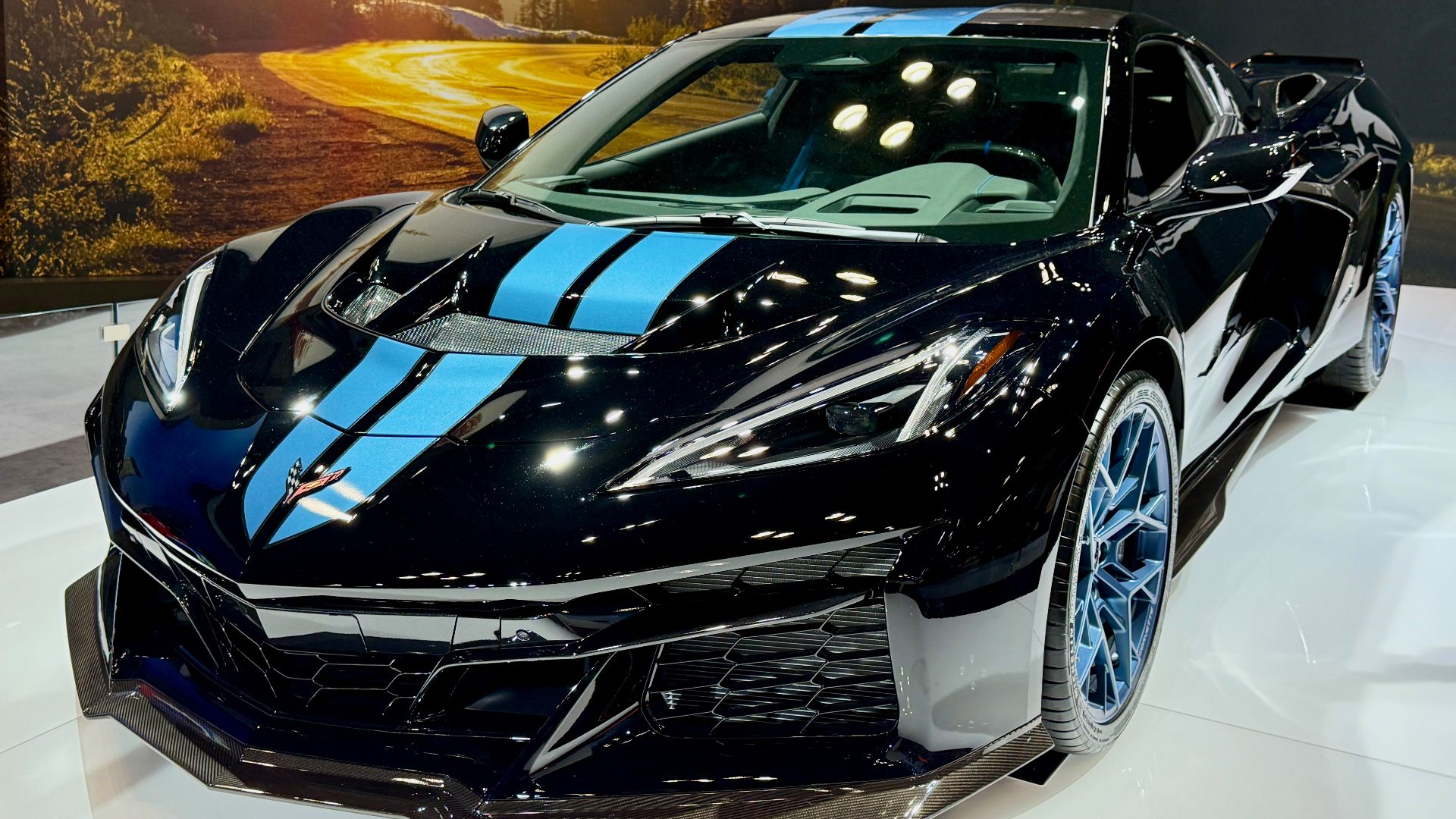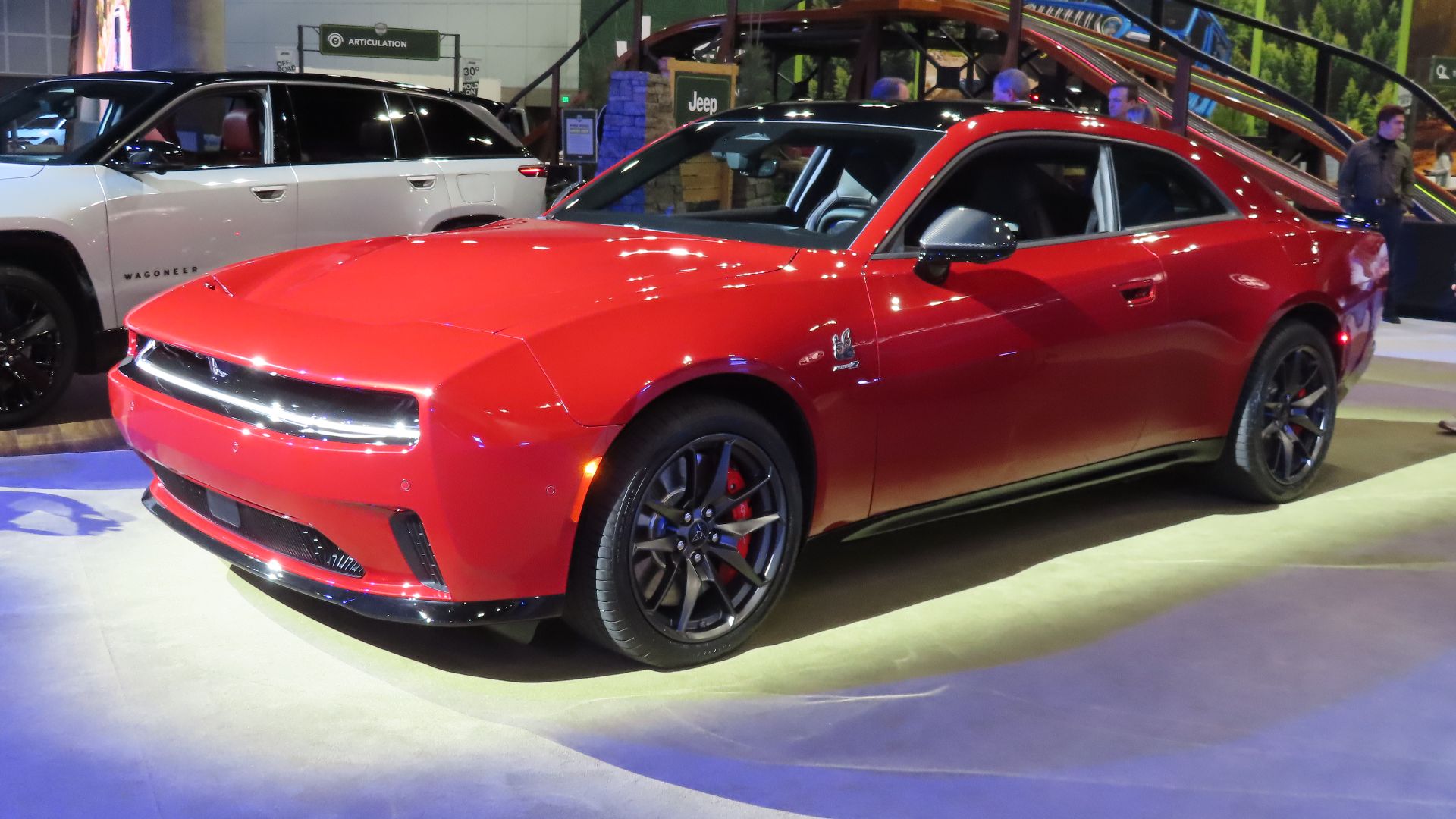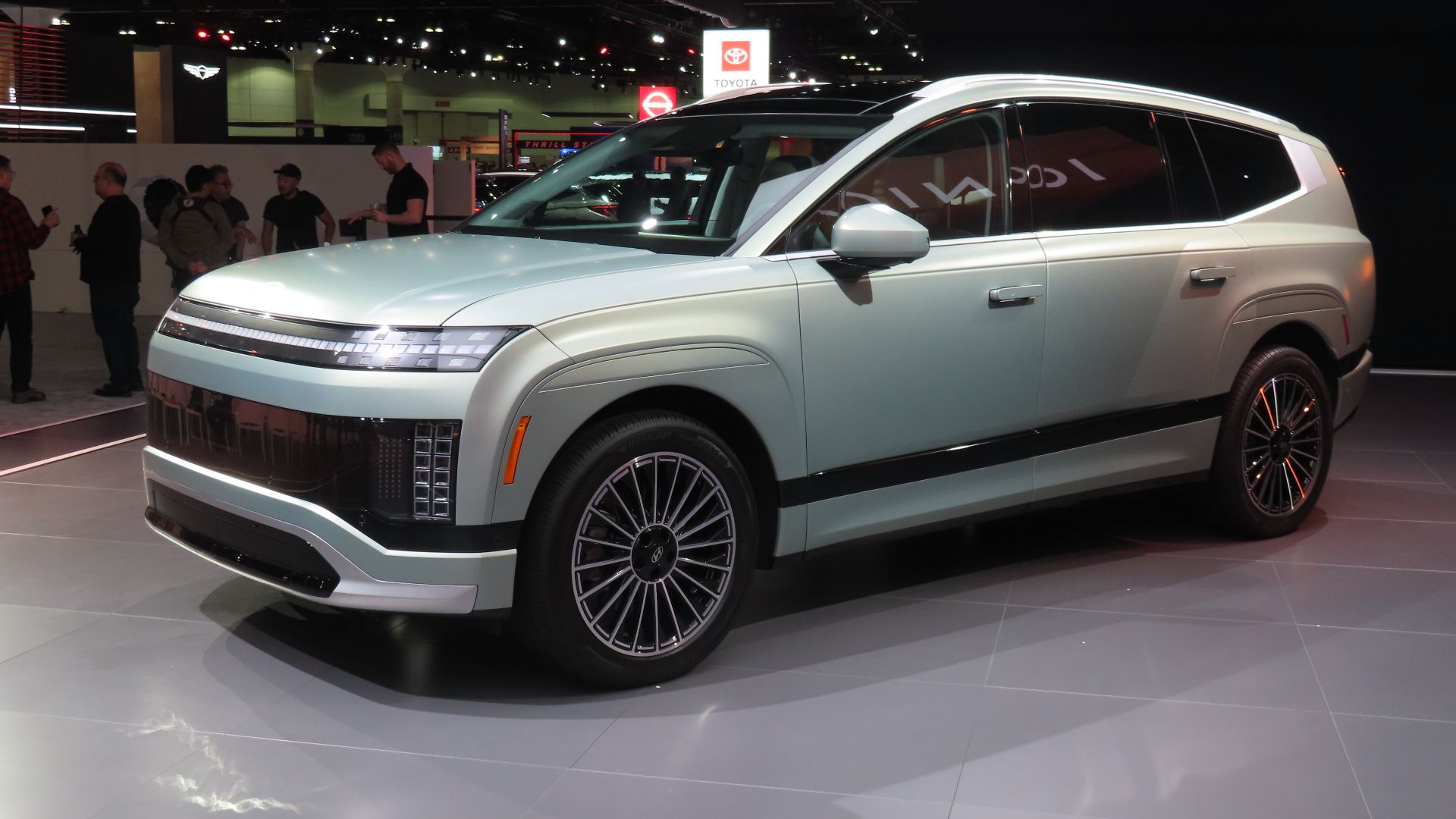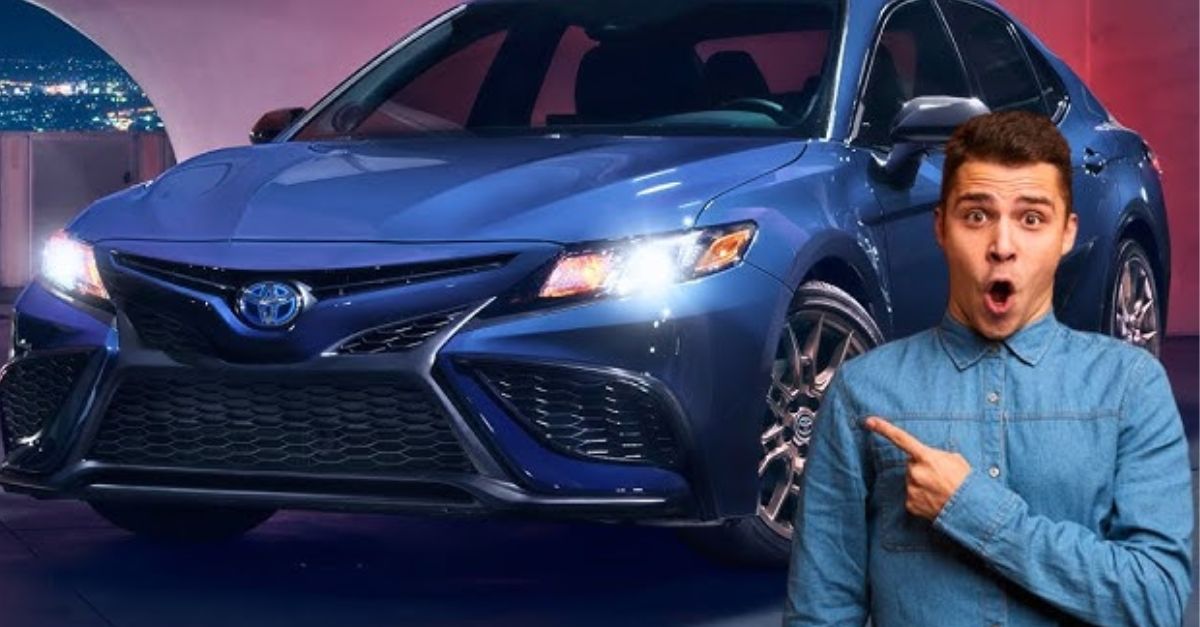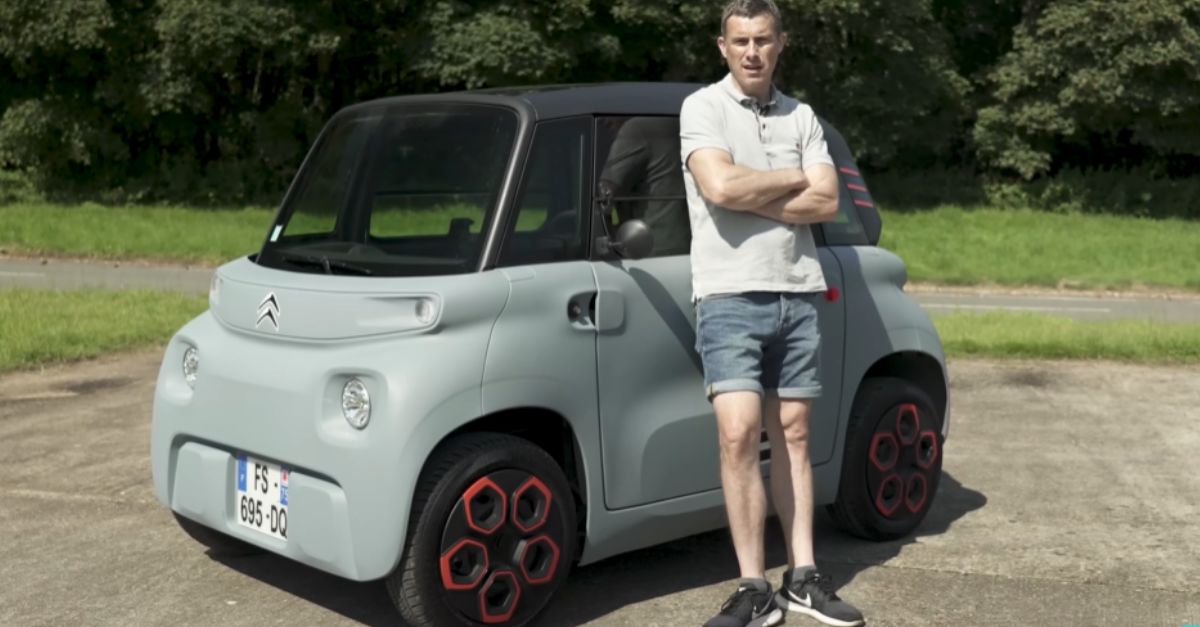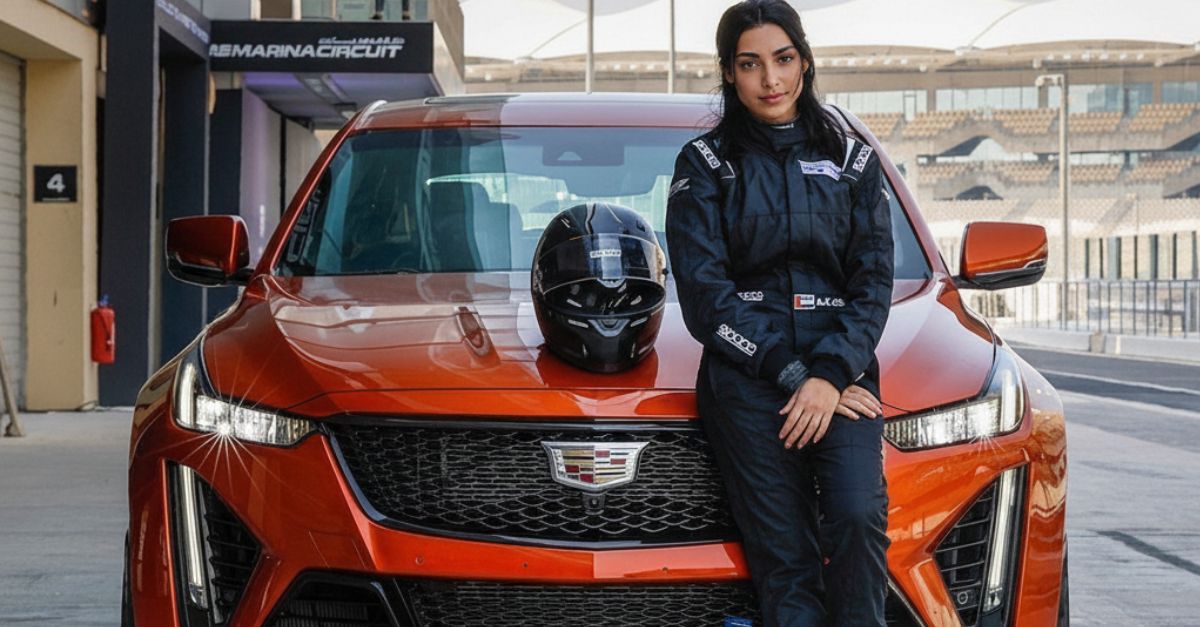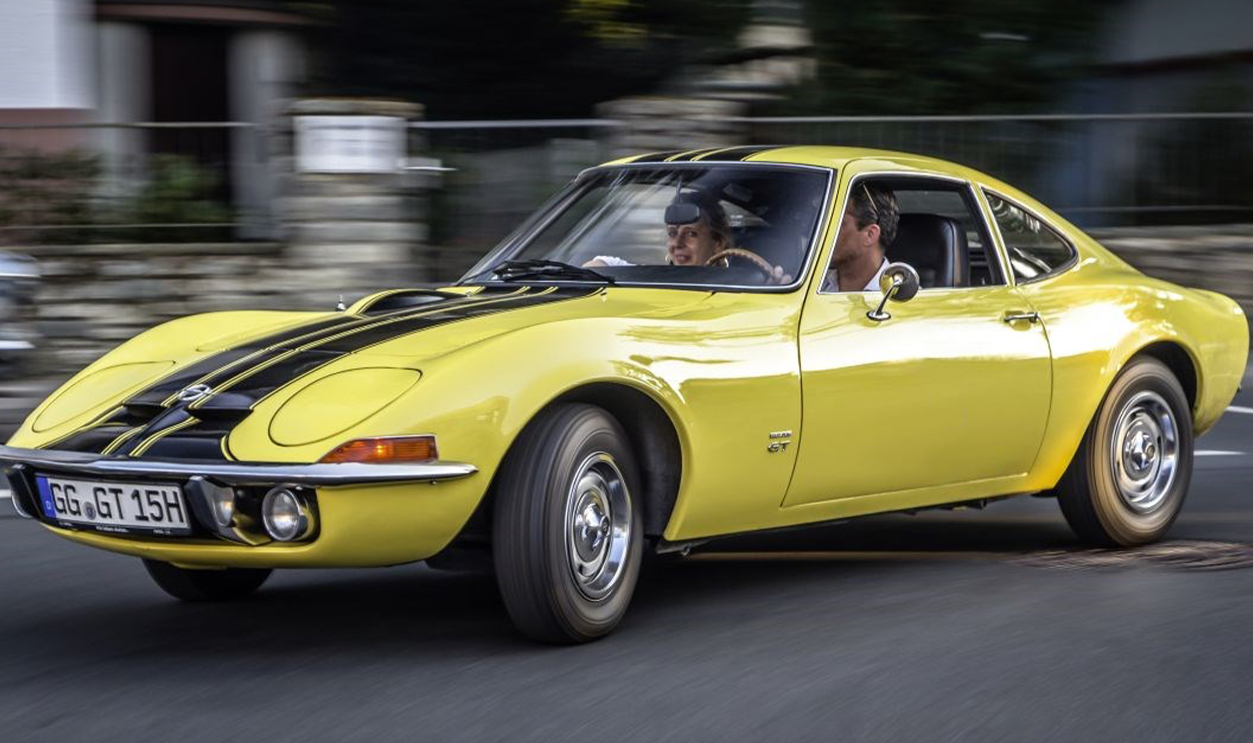Start With The Car’s Heart
Ward’s Auto opens with redefining what makes an engine great—blending power, efficiency, and innovation—before unveiling its annual list of standout performers that set new standards for modern performance.

Why Ward’s Calls Them “Engines & Propulsion Systems”
For decades, Ward's Auto's "10 Best Engines" stood as the industry's combustion-powered pantheon, but 2025 marks a seismic shift in how we define automotive excellence. By rebranding to "10 Best Engines & Propulsion Systems," Ward's acknowledged the electric revolution, with their latest roster featuring just one traditional ICE among a field of hybrids.
Judging Criteria: Horsepower, Torque, NVH, Efficiency, And Technological Innovation
Rather than relying solely on spec sheets, Ward's puts powertrains through rigorous real-world testing to evaluate their true capabilities. Their systematic assessment examines horsepower, torque, NVH levels, efficiency, and technological innovation. Only all-new, significantly improved, or defending champions qualify for consideration, with value remaining vital despite having no price restrictions.
 Frame Stock Footage, Shutterstock
Frame Stock Footage, Shutterstock
The Rise Of Hybridization In Best-Engine Awards
Ward’s Auto judges are witnessing a golden age of hybrid ingenuity. The newest generation of gasoline-electric systems isn’t just about saving fuel—it’s about redefining responsiveness. Dual-source powertrains now deliver instant torque, seamless transitions, and performance that challenges even the most iconic combustion-only setups.
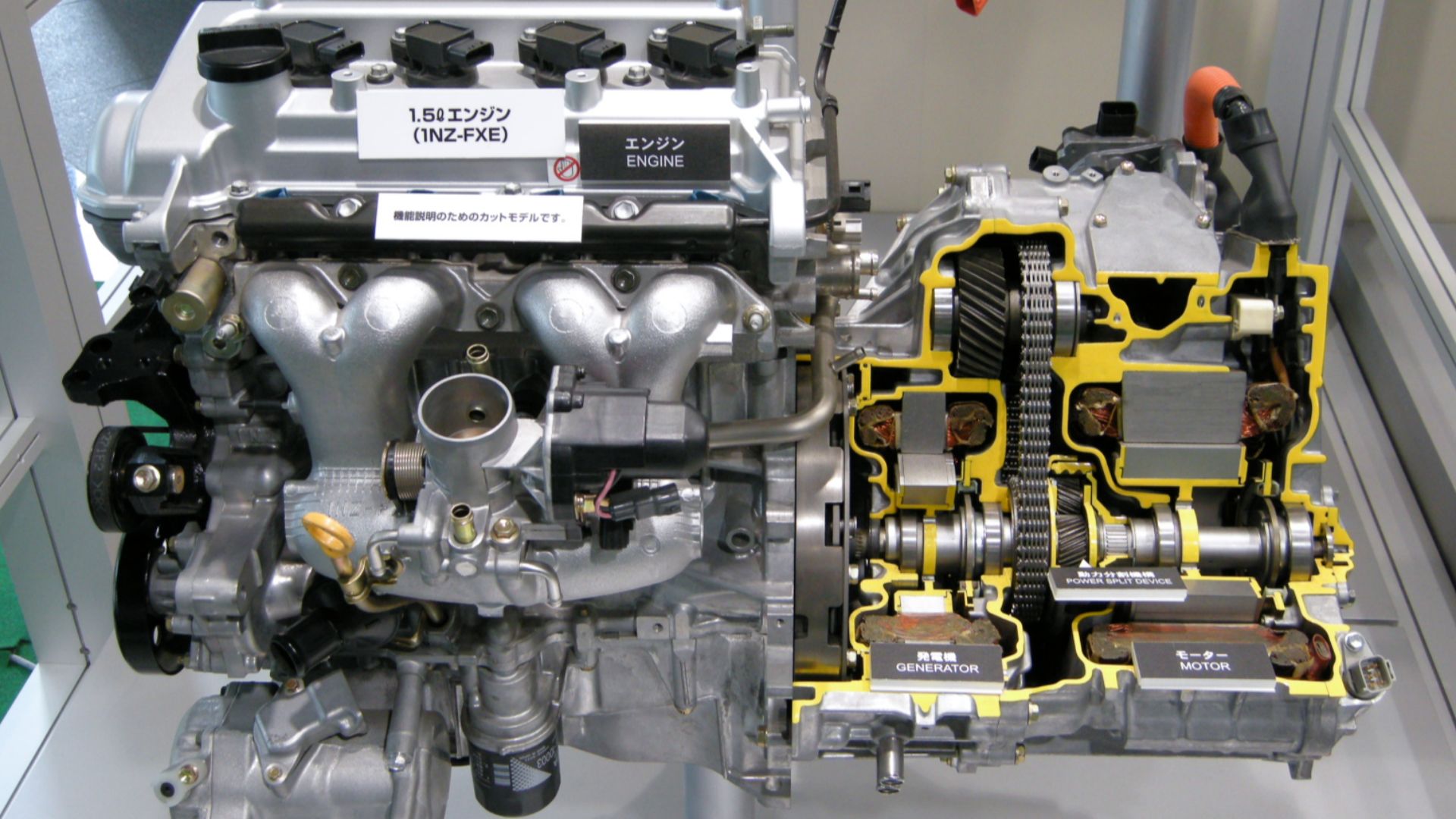 Hatsukari715, Wikimedia Commons
Hatsukari715, Wikimedia Commons
Electric Drivetrains As “Engines”—How Ward’s Adapts
Once dismissed as silent motors, today’s electric powertrains have become the new definition of mechanical mastery. Ward’s now weighs torque mapping, inverter design, battery cooling, and software calibration as heavily as pistons or crankshafts. The result? EV systems judged not by noise or fuel use, but by innovation and integration.
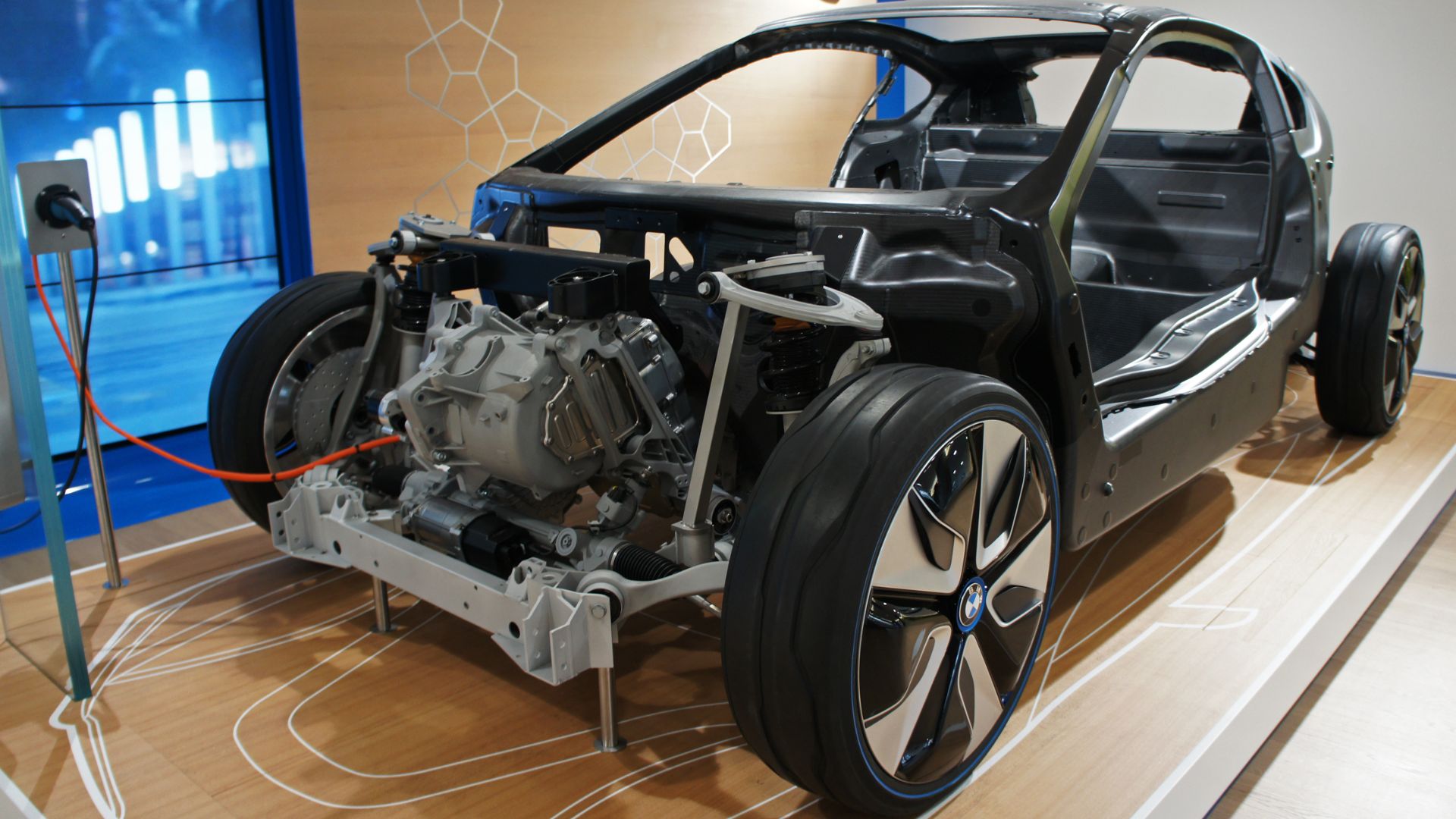 Mariordo (Mario Roberto Duran Ortiz), Wikimedia Commons
Mariordo (Mario Roberto Duran Ortiz), Wikimedia Commons
Balancing Peak Output Vs Real-World Efficiency
Gone are the days when peak performance required sacrificing efficiency. Ward’s Auto judges now favor engines that balance real-world usability and sustainability, from the record-shattering Corvette ZR1’s twin-turbo V8 to the Honda Civic Hybrid’s 4.9 L/100 km. True power must perform beyond the lab.
 2025 C8 Corvette ZR1 LT7 5.5L Twin Turbo V8 Full Engine walk around! by Shelby_Moe5.2
2025 C8 Corvette ZR1 LT7 5.5L Twin Turbo V8 Full Engine walk around! by Shelby_Moe5.2
Thermal Management & Cooling In High-Performance Units
From basic radiators to today's sophisticated thermal networks, cooling technology has undergone a dramatic evolution. Turbocharging drove early advances, while hybrid powertrains required multiple heat exchangers. Now, revolutionary EVs like the Lucid Gravity utilize comprehensive liquid-cooling systems and active grille shutters to achieve optimal temperature control during peak performance.
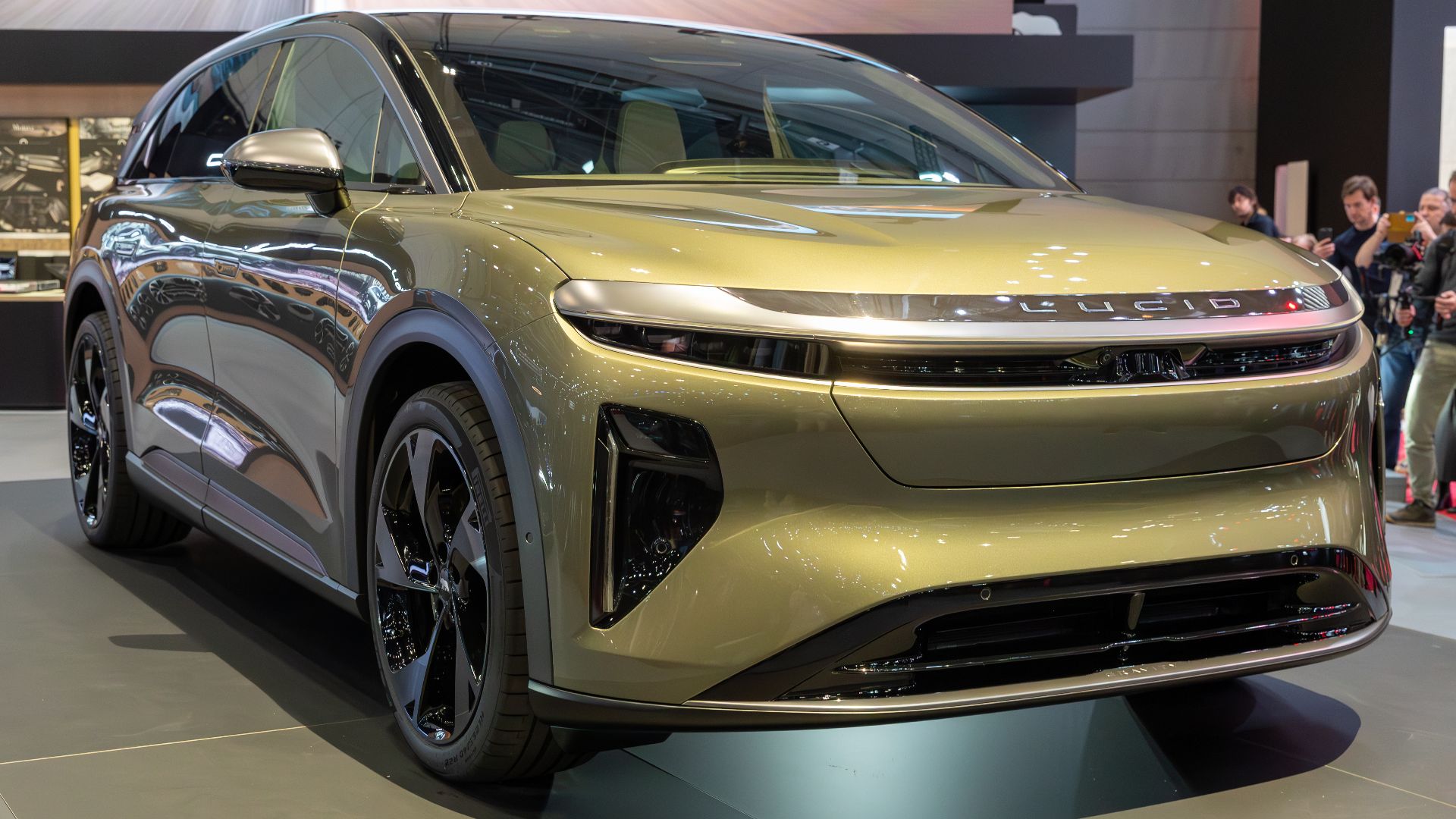 Matti Blume, Wikimedia Commons
Matti Blume, Wikimedia Commons
Modularity & Shared Architectures In 2025 Powertrains
Intensifying cost pressures have driven automakers to fundamentally reimagine powertrain manufacturing, with flexible vehicle platforms now supporting ICE, hybrid, and EV configurations through shared architectures. This modular approach enables minimal-reengineering launches of multiple variants while streamlining production costs.
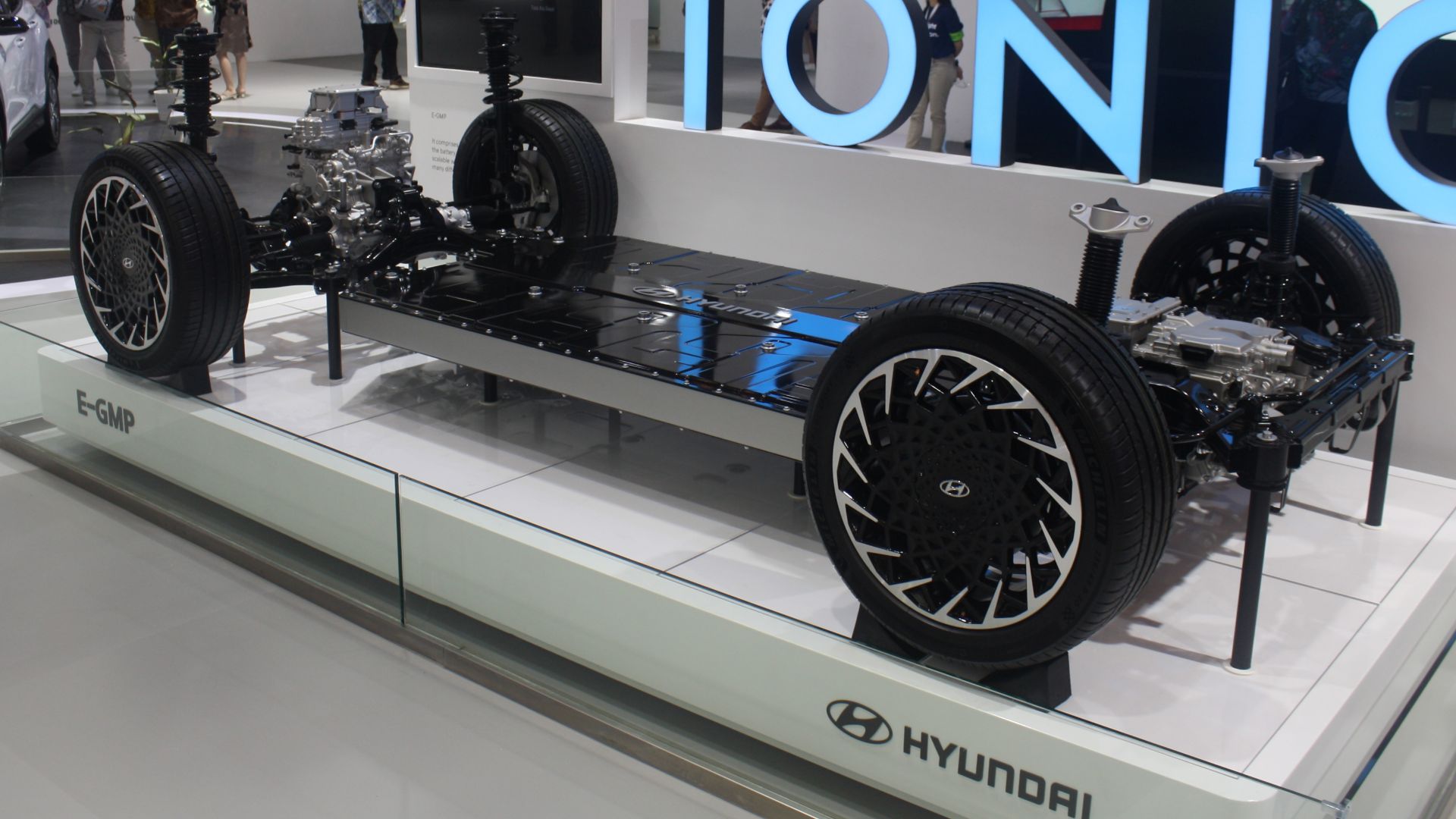 Andra Febrian, Wikimedia Commons
Andra Febrian, Wikimedia Commons
Longevity & Durability: How Some Engines Outlast Trends
Toyota and Lexus have set industry benchmarks for powertrain longevity, with their hybrid systems consistently demonstrating exceptional durability across hundreds of thousands of miles. This engineering mastery shines in the Lexus 700h, where the 3.4L turbo V6 hybrid system delivers 457 horsepower and 583 lb-ft of torque.
 The New Lexus LX 700h | Technical Film by Discover Lexus
The New Lexus LX 700h | Technical Film by Discover Lexus
NVH (Noise, Vibration, & Harshness) Suppression Advances
Remember when engines spoke in raw mechanical symphonies? Today's powertrains whisper their capabilities through sophisticated balance shafts and sound-deadening wizardry. It's a transformation so complete that even the mighty hybrids maintain library-quiet composure, and electric vehicles actually need artificial sound generation to restore some acoustic character to their vault-like cabins.
 NVH - Noise Vibration and Harshness by PicoScope Diagnostics
NVH - Noise Vibration and Harshness by PicoScope Diagnostics
Hybrid Energy Recovery: Power From What’s Lost
In modern hybrids, efficiency isn’t limited to fuel economy—it’s about reclaiming every wasted watt. Systems now pair regenerative braking with thermal recapture networks that convert excess heat into electricity, allowing hybrid engines to extend their range, cool more quickly, and operate more cleanly in stop-and-go urban environments.
 Volkswagen Electric Mobility: Animation Regenerative Braking by GommeBlog - Car & Performance
Volkswagen Electric Mobility: Animation Regenerative Braking by GommeBlog - Car & Performance
Software & Control Systems: AI/Adaptive Engine Mapping
Traditional engine management faced rigid limitations, unable to adapt to changing conditions or driver behavior. Modern adaptive software and predictive torque control have revolutionized this scene, with machine learning algorithms now optimizing power delivery in real time. Systems like AI-powered hybrid traffic prediction demonstrate how technology has solved these historical constraints.
Lightweight Materials & Friction Reduction Technologies
As automakers chase the dual challenges of weight reduction and powertrain efficiency, breakthrough materials science is delivering revolutionary solutions. Advanced alloys and composites are revolutionizing engine design, and friction-reducing coatings maximize component longevity. These innovations shine in modern EV motors featuring carbon-fiber-reinforced rotors.
 Tesla's Carbon Sleeved Rotors Presentation by Elon Musk by Composites Central
Tesla's Carbon Sleeved Rotors Presentation by Elon Musk by Composites Central
Candidate Engines For Ward’s List
Ward’s legendary rule—that only all-new or heavily reengineered powertrains qualify—sets the stage for a thrilling 2026 lineup. The publication hints at next-gen hybrids, refined EV architectures, and emerging hydrogen systems poised to challenge convention and redefine what tomorrow’s best engines can be. Curious? Here’s that list we promised:
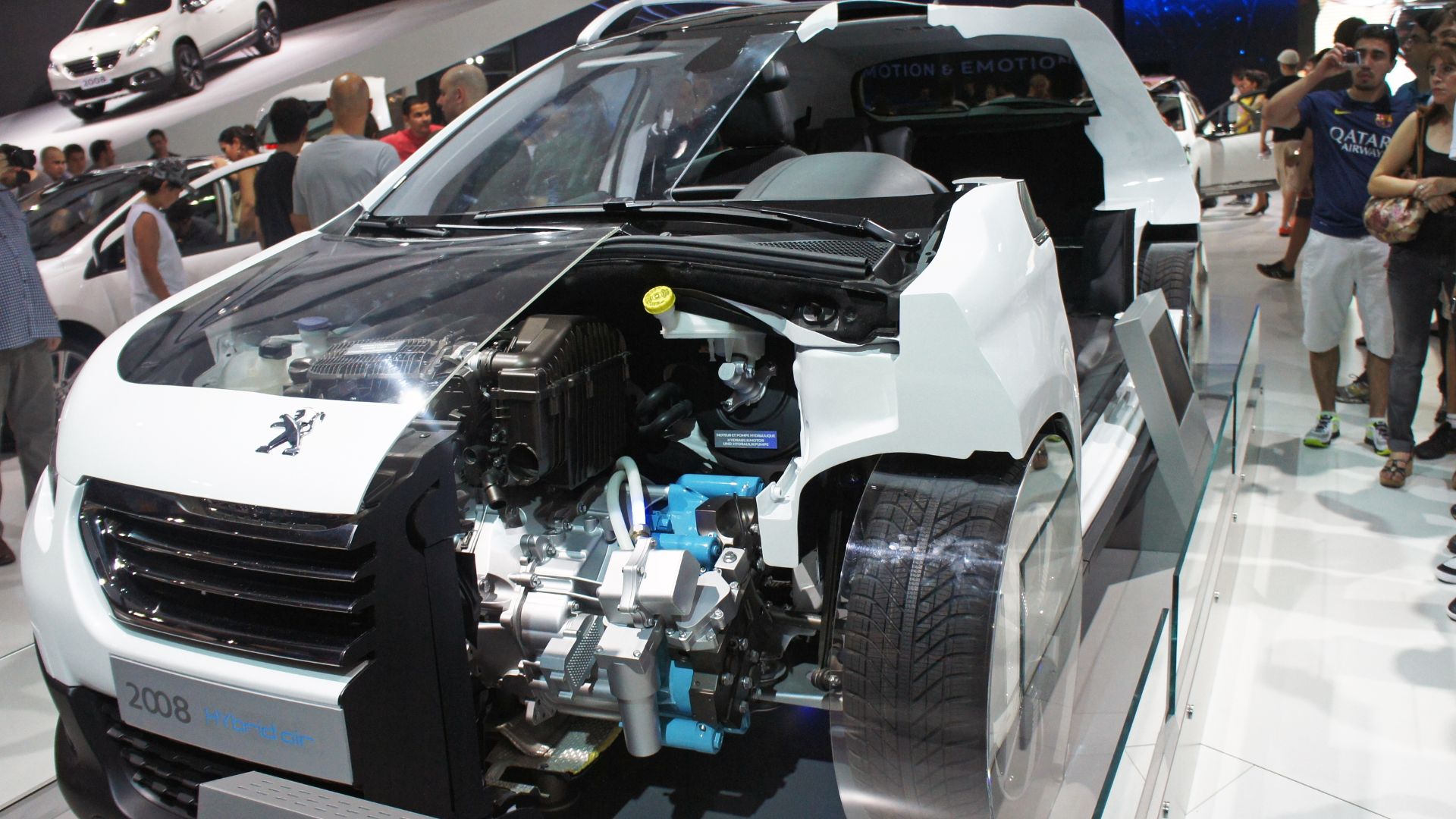 Mariordo (Mario Roberto Duran Ortiz), Wikimedia Commons
Mariordo (Mario Roberto Duran Ortiz), Wikimedia Commons
Chevrolet Corvette ZR1
Records fall like dominoes before the 2025 Corvette ZR1’s 5.5-liter twin-turbo LT7 V8, the most potent combustion powertrain from any volume manufacturer. Its racing-derived flat-plane crank delivers 1,064 hp, launching to 60 miles/hour in just over two seconds with breathtaking precision and control.
Dodge Charger Daytona
Reinventing muscle car DNA for the electric era posed a unique engineering challenge, but Dodge's solution proves transformative. The Charger Daytona's Banshee system delivers an impressive 670 horsepower through electric all-wheel drive, authentically recreating classic muscle car sensations and earning coveted recognition on Ward's 2025 list for its innovative performance capabilities.
Lucid Gravity
Lucid's advanced battery architecture sets a new benchmark for electric vehicle practicality, delivering extended range and rapid charging that eliminates range anxiety. Yet beneath this everyday utility lies an engineering revelation: a dual-motor powertrain that minimizes energy losses while giving off a staggering 828 horsepower through its sophisticated electric all-wheel drive system.
 2025 Lucid Gravity Up Close: Luxury, Tech and Space for Your Crew by Cars.com
2025 Lucid Gravity Up Close: Luxury, Tech and Space for Your Crew by Cars.com
Ford F-150 PowerBoost Hybrid
Conventional wisdom suggests pickup trucks must sacrifice efficiency for capability, but the Ward's-recognized F-150 PowerBoost Hybrid defies this paradigm. Its 3.5-liter twin-turbo V6 hybrid powertrain delivers a sturdy towing performance as it maintains exceptional fuel economy, further distinguishing itself with integrated power generation capabilities for worksite tools and camping applications.
 Review: The 2025 Ford F-150 XLT Hybrid is the MUST HAVE Hybrid Work Truck! by Everyman Driver
Review: The 2025 Ford F-150 XLT Hybrid is the MUST HAVE Hybrid Work Truck! by Everyman Driver
BMW M5
With a monstrous 717 horsepower from its hybrid-boosted 4.4-liter twin-turbo V8, BMW’s most powerful M5 ever blends electrified muscle with everyday grace. It’s a seamless fusion of plug-in hybrid sophistication and track-honed precision—crafted with the balance, control, and confidence only BMW’s M division can deliver.
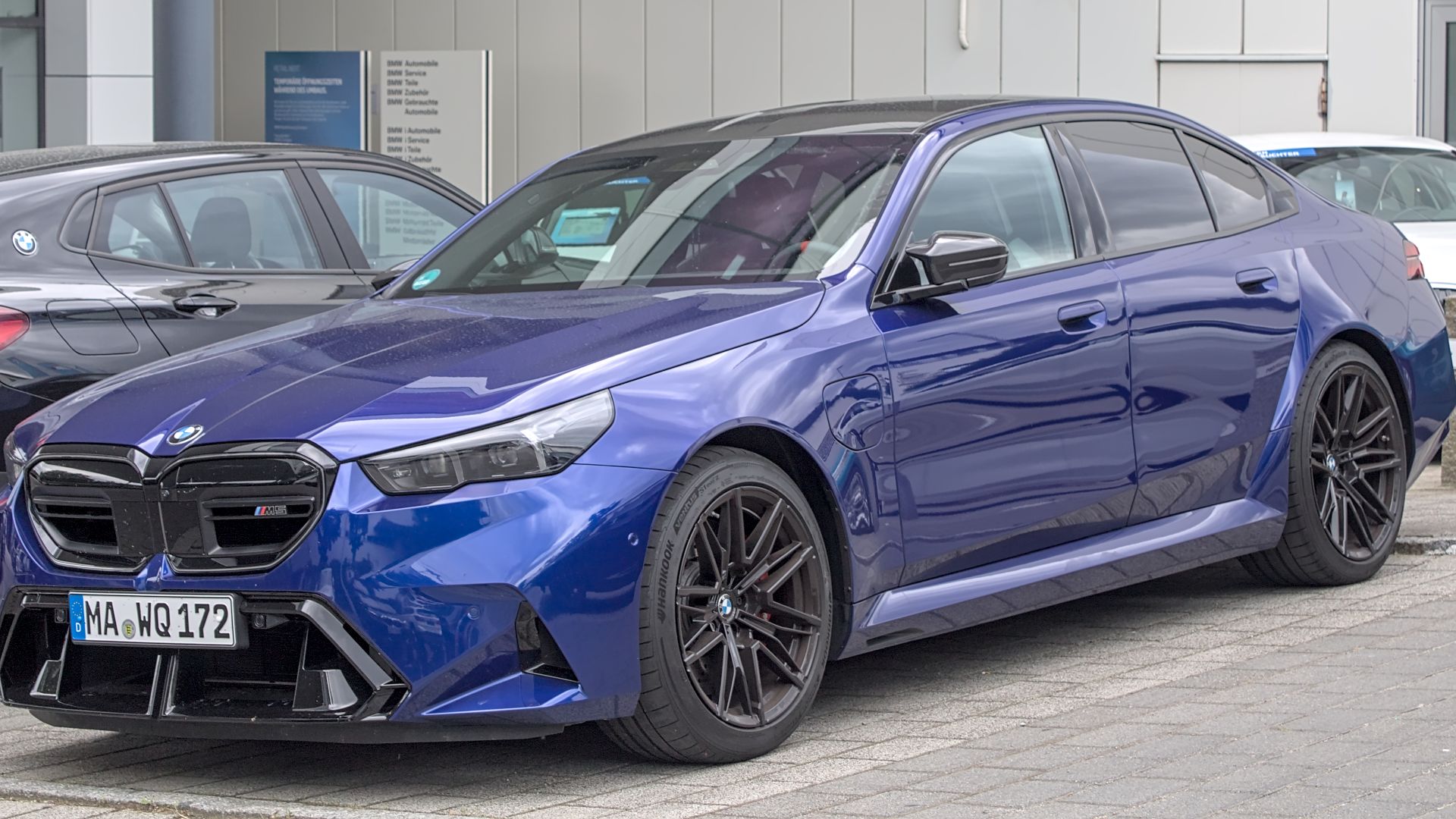 Alexander Migl, Wikimedia Commons
Alexander Migl, Wikimedia Commons
Honda Civic Hybrid
After a decade-long absence from the compact hybrid sedan segment, Honda has made a triumphant comeback with its latest Civic Hybrid. The sophisticated 2.0-liter Atkinson-cycle inline-4 e: HEV system delivers 200 horsepower while maximizing efficiency through delayed intake valve closure.
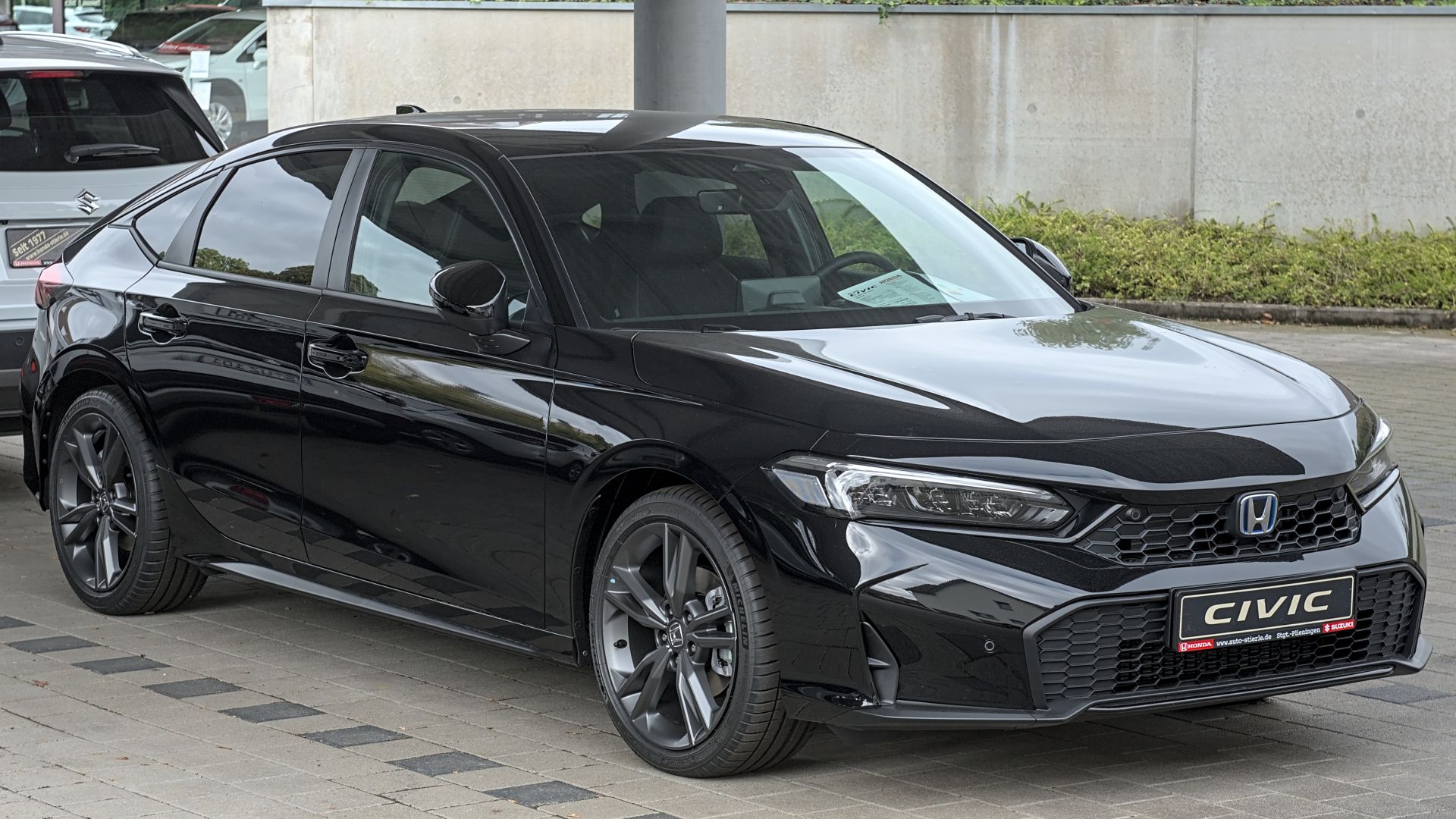 Alexander Migl, Wikimedia Commons
Alexander Migl, Wikimedia Commons
Hyundai Ioniq 9
Building on Hyundai's advanced E-GMP 2.0 architecture, the Ioniq 9 showcases the brand's electric evolution with its sophisticated 800-volt platform. The dual-motor system delivers an impressive 422 horsepower in performance trim, and its ultra-fast charging capabilities minimize pit stops. The vehicle's V2L function adds practical utility.
Lexus LX
The i-Force Max hybrid system represents a breakthrough in Lexus's powertrain engineering, integrating a turbocharged 3.4-liter V6 with advanced electric motor technology. This innovative architecture generates 457 horsepower and 583 lb-ft of torque in the LX 700h, earning industry recognition for successfully balancing performance capabilities with next-generation efficiency.
Mercedes-AMG E53
Experience the future of performance where instant throttle response meets seamless power delivery. The Mercedes-AMG E53's revolutionary powertrain eliminates the dreaded turbo lag through its sophisticated 48-volt system, delivering an impressive 577 hp from its turbocharged 3.0-liter straight-six plug-in hybrid setup, complete with ultra-smooth start-stop functionality.
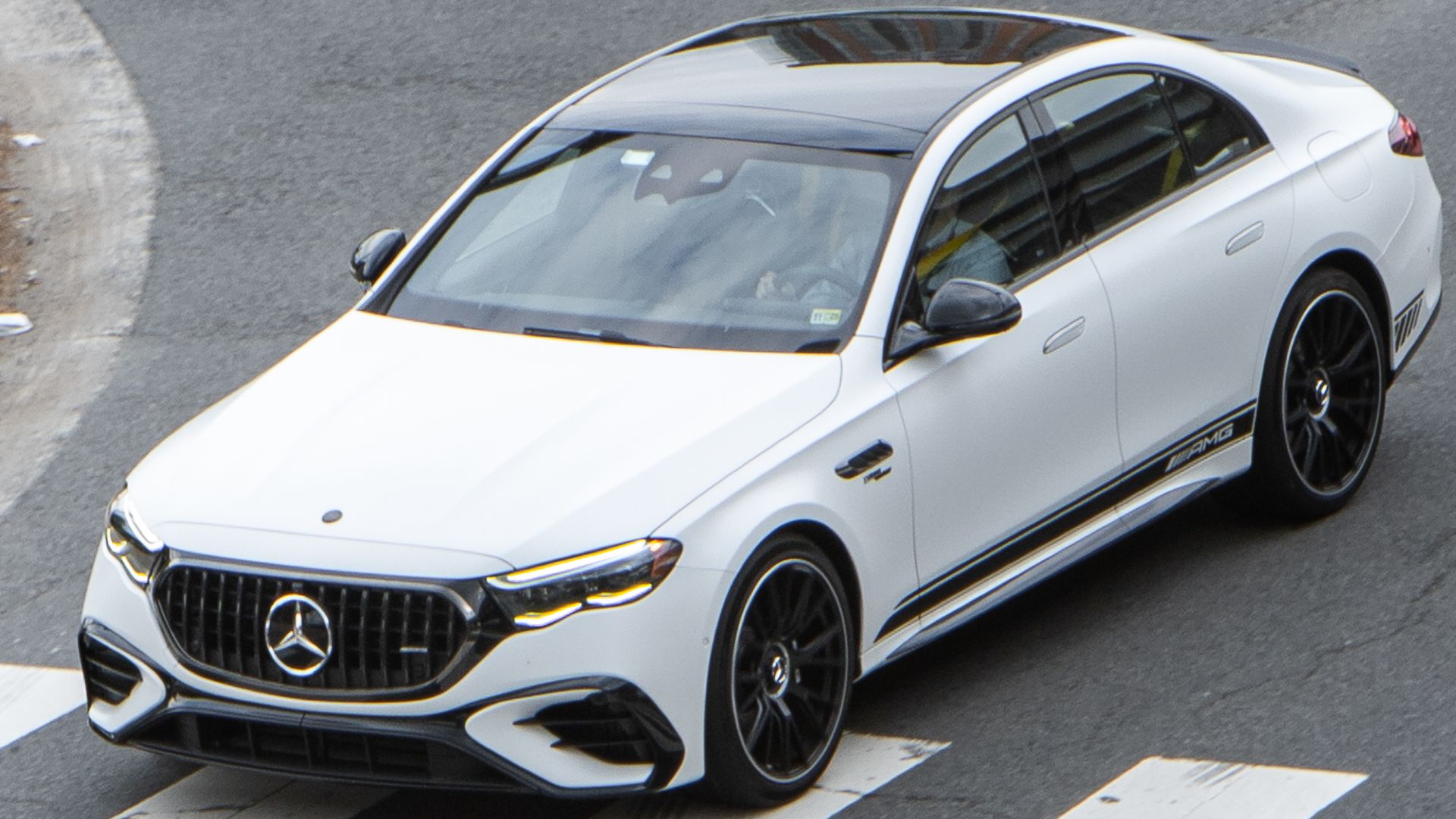 OWS Photography, Wikimedia Commons
OWS Photography, Wikimedia Commons
Nissan LEAF
The Nissan LEAF’s electric propulsion system integrates a compact 3-in-1 motor, inverter, and reducer for seamless efficiency. Its 160 kW output and 303-mile range deliver smooth, quiet acceleration. Judges praised its affordability, thermal management, and real-world usability.
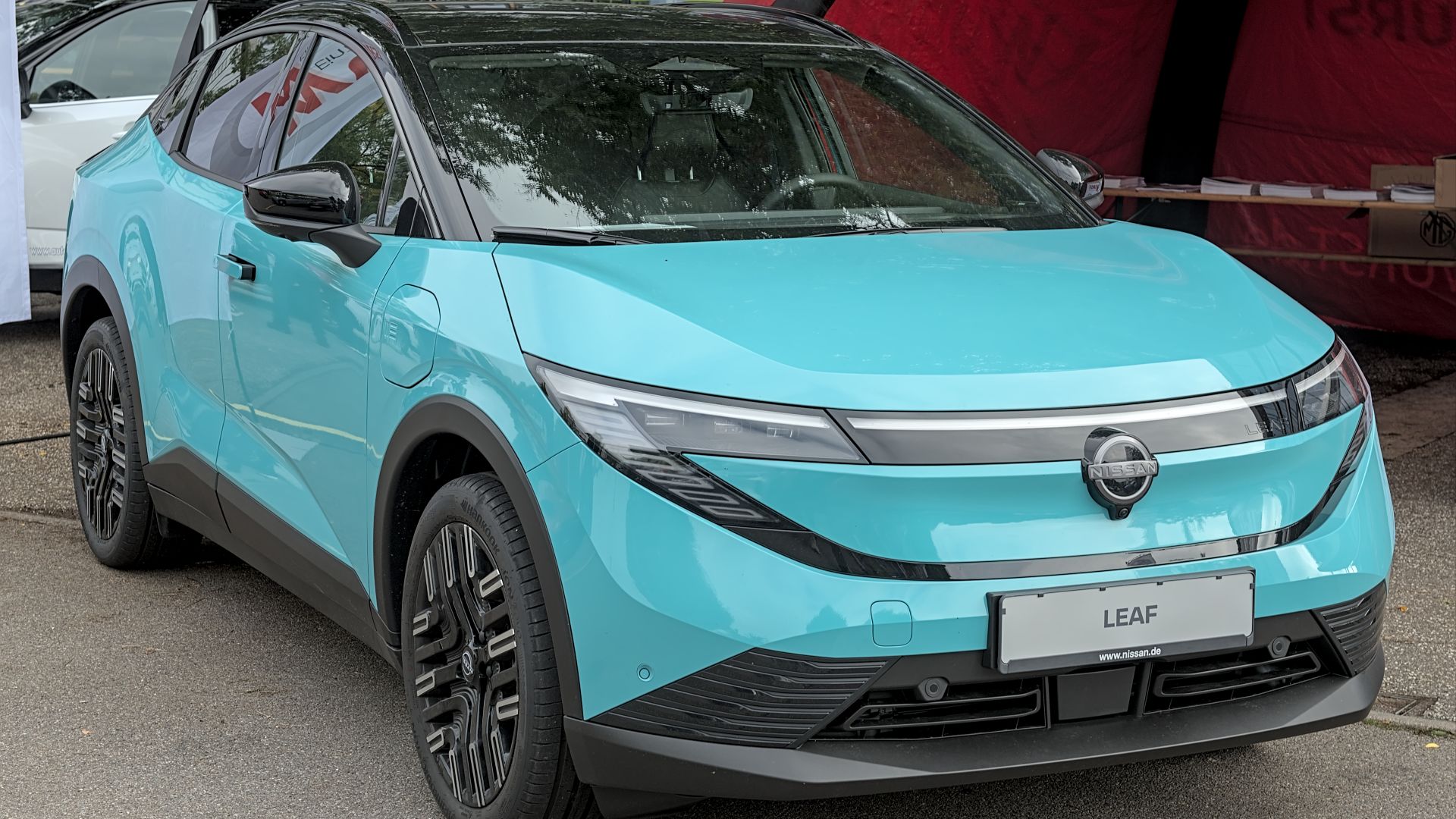 Alexander Migl, Wikimedia Commons
Alexander Migl, Wikimedia Commons
Excited For The Next List?
The 2026 list is likely to debut in late 2025. Given recent trends, expect a mix of hybrid and electric systems (and a few pure combustion engines). Propulsion units that balance output, refinement, and efficiency—especially with advanced electrification—are almost certain candidates. Keep an eye out and cross your fingers for your favorites.


